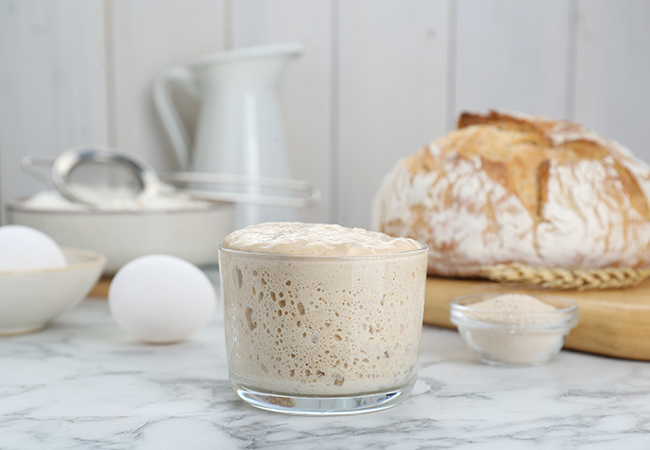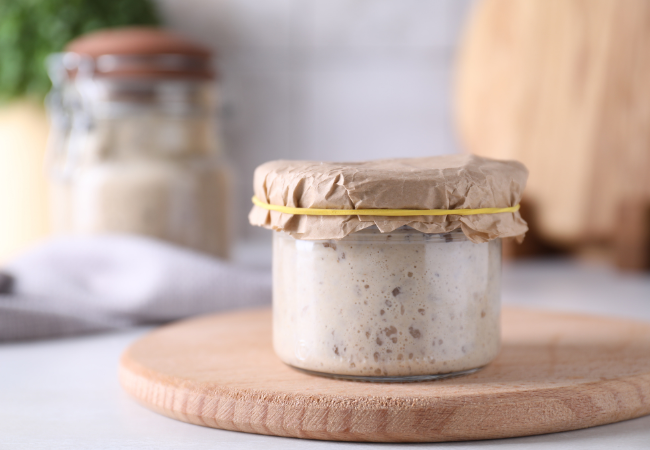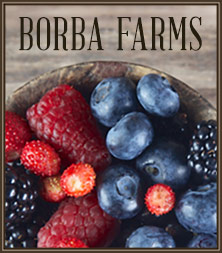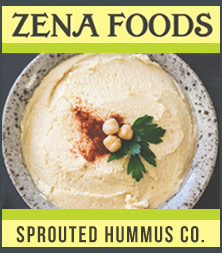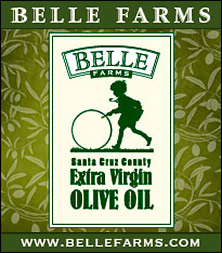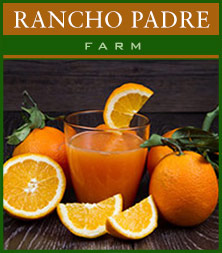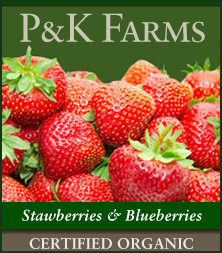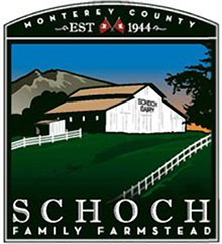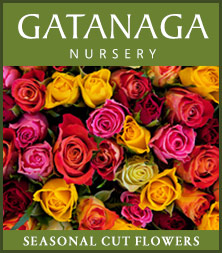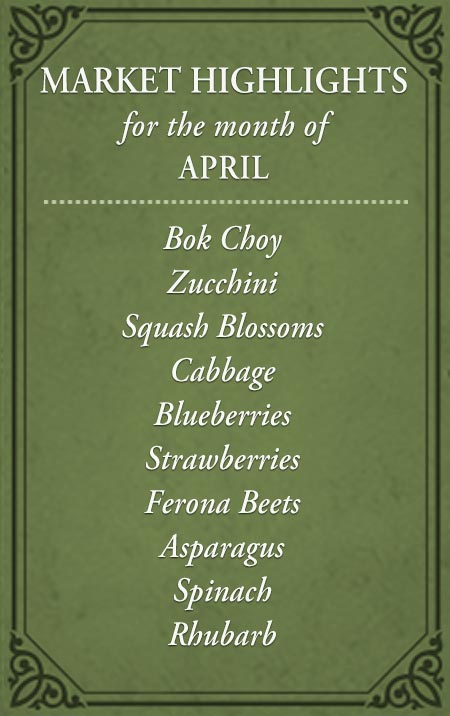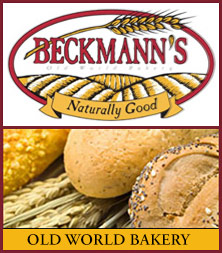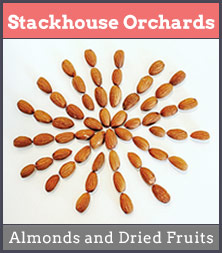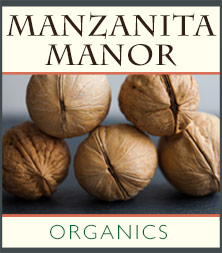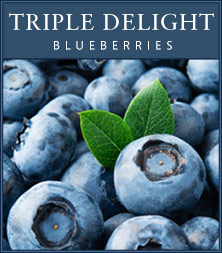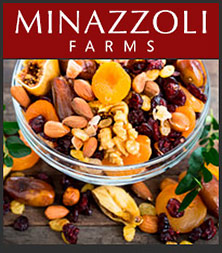If you’ve joined the growing number of home bakers making sourdough bread, you’ve probably faced the same dilemma: what to do with all that sourdough discard? While many bakers are already finding creative ways to cook with it — pancakes, crackers, muffins — there’s another surprising use for your bubbly byproduct: fertilizing your garden.
That’s right—your sourdough starter isn’t just food for you. It can nourish your soil and feed your plants, too!
Why Use Sourdough Starter in the Garden?
Sourdough starter is a living ecosystem, rich in naturally occurring bacteria, wild yeasts, and organic acids. These microbial communities can help improve soil health, increase biodiversity, and encourage beneficial microbial activity in your garden. Think of it as probiotic-rich compost tea—without the smell.
And because it’s made from just flour and water, it’s a safe, natural addition to your garden, compost pile, or even your houseplants. Instead of tossing your discard in the trash, you can complete the circle — returning it back to the soil where it all began.
How to Use Sourdough Discard in Your Garden
Whether you garden in raised beds, patio containers, or pots on your windowsill, there’s a way to repurpose your sourdough discard that’s clean, simple, and sustainable.
- Diluted Discard Watering
Mix about ¼ cup (60–100g) of sourdough discard with a quart (1 liter) of water in a jar. Shake well, then pour into a larger watering can and dilute with more water (about 2 gallons/8 liters total). Water your plants as usual. This is especially helpful in the growing season when plants are hungry for nutrients.Tip: Avoid pouring directly on leaves as it can leave a light white residue. If needed, rinse after application.
- Dry and Crumble for Soil Conditioning
Spread sourdough discard evenly on a baking sheet lined with parchment and let it dry completely. Once brittle, grind into flakes or powder and sprinkle into your potting soil or garden beds as a slow-release microbe boost. It works well when planting seedlings or repotting indoor plants.
You can also blend dried discard with other kitchen scraps like:
-
- Crushed eggshells (for calcium)
- Used coffee grounds (for nitrogen)
- Banana peel powder (for potassium)
- Compost Boost
Toss your discard straight into your compost pile. The live cultures will kickstart microbial activity and help break down other materials faster. It’s a great way to energize a “lazy” compost heap, especially during cooler months. - Add to the Worm Bin
Worms enjoy sourdough discard—but in moderation. Add just a few spoonfuls at a time to avoid overwhelming the system with wet, starchy material. Mixing it with dry bedding like shredded paper can help balance moisture levels. - Feed Your Chickens
Backyard chickens love a treat of cooked or dried sourdough discard. Just avoid giving them discard made with bleached flour or added salt. Try mixing a bit of dried starter into their grain feed or baking it into small treats.
At the farmers market, we love seeing the full cycle of food — from soil to table, and back again. Using sourdough discard in the garden is a simple act of sustainability that honors the life in your starter and the soil that feeds us all. So next time you’re feeding your sourdough, remember: it can feed your garden too.


